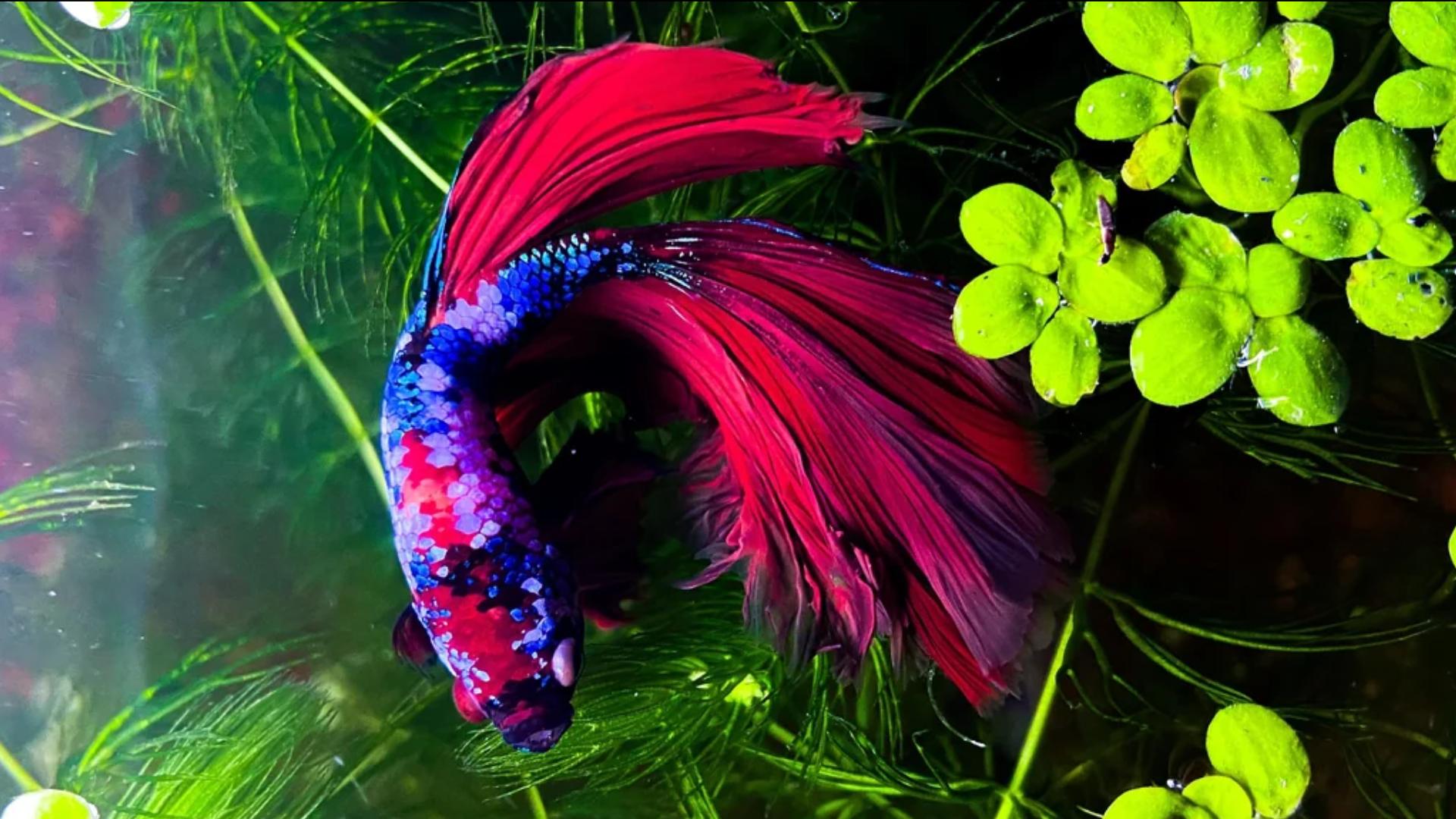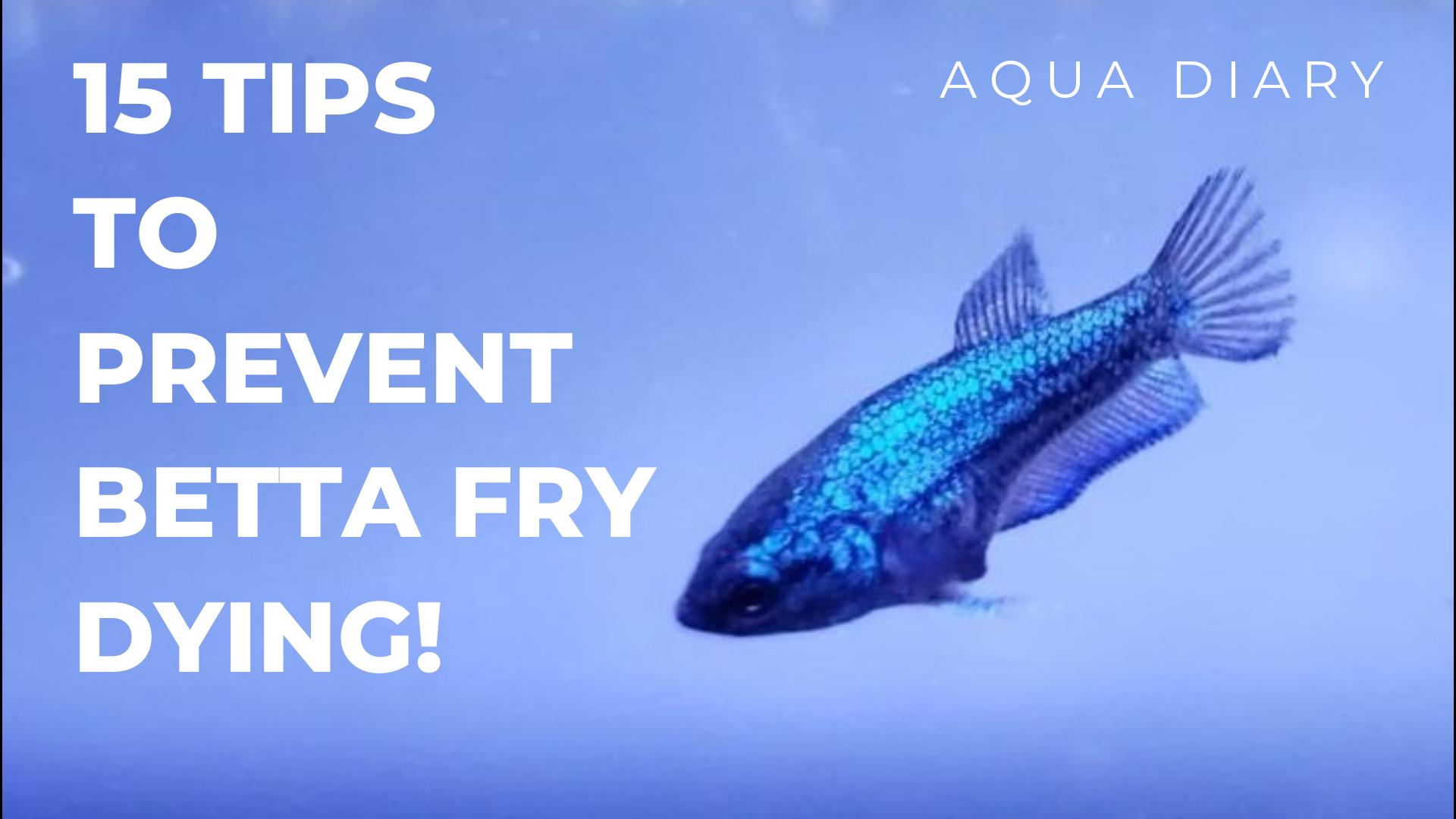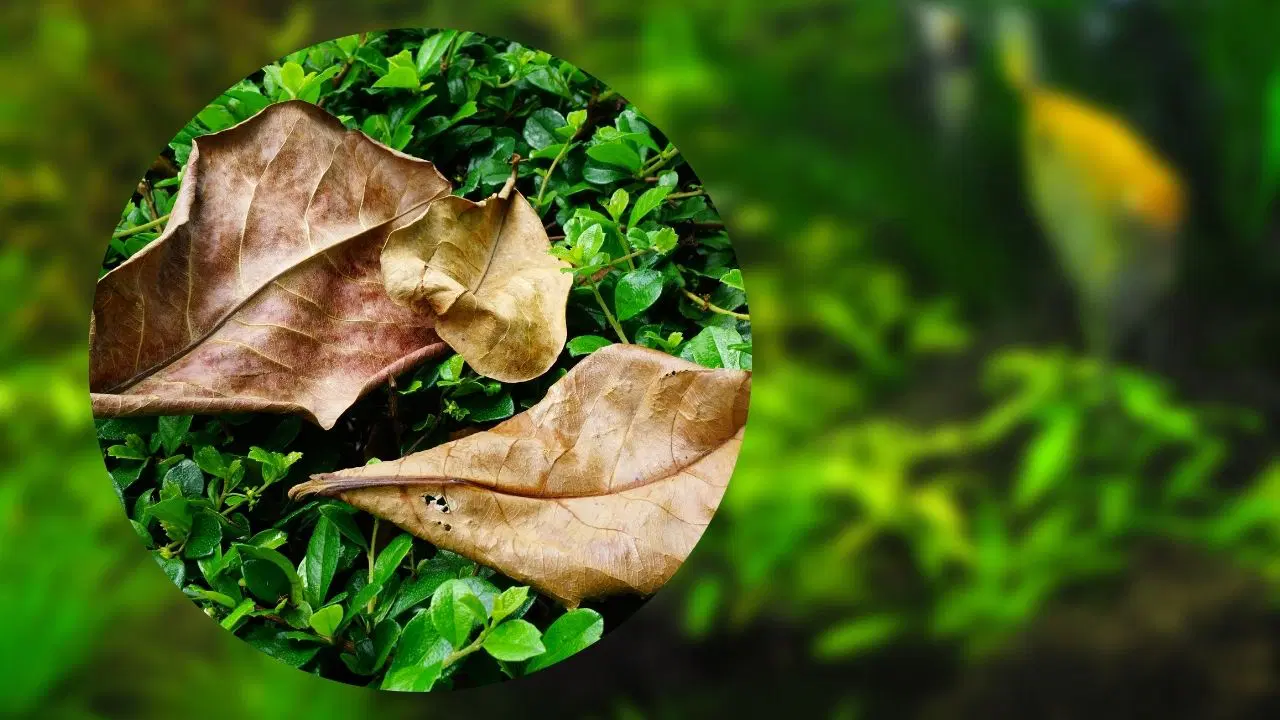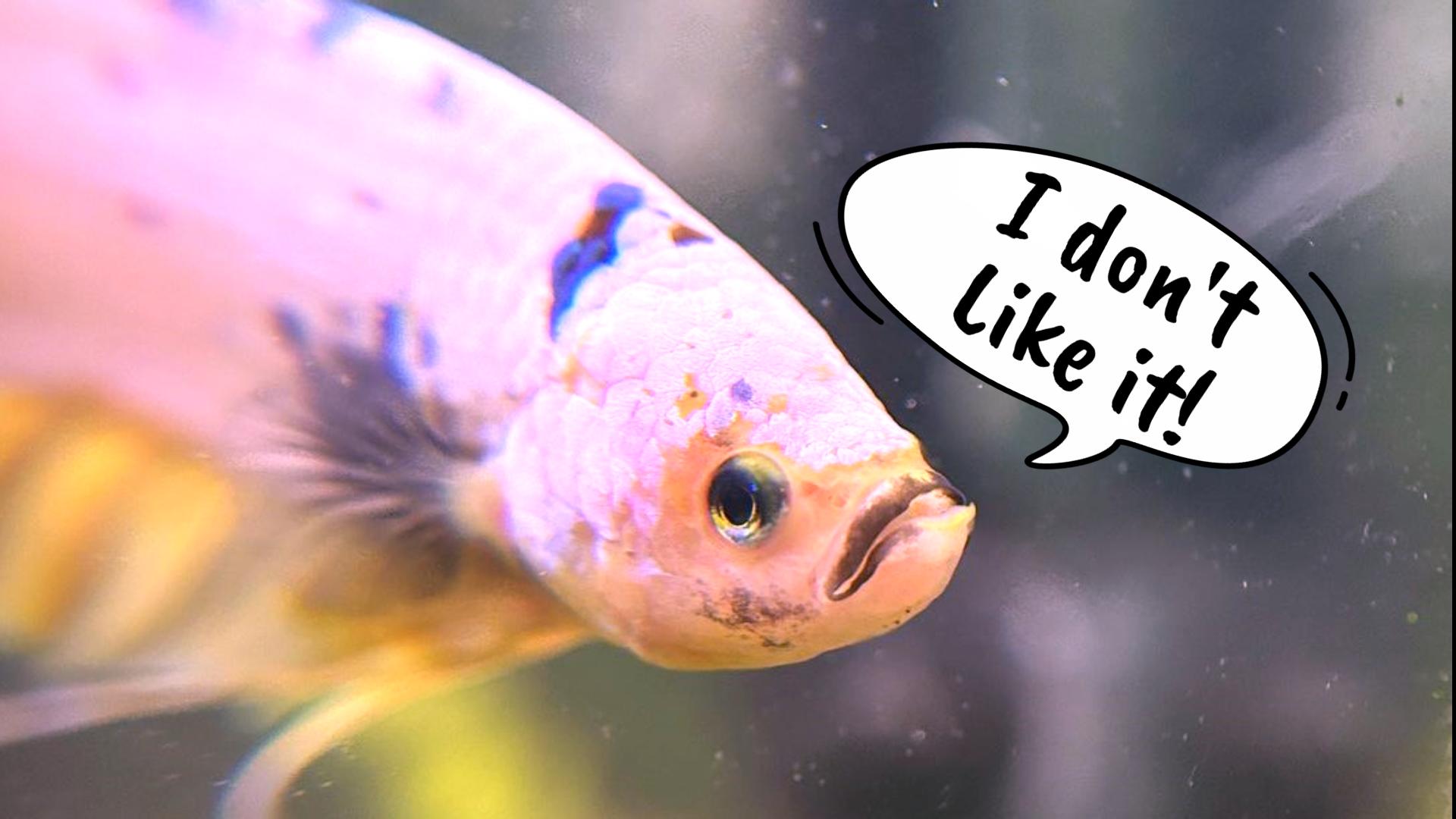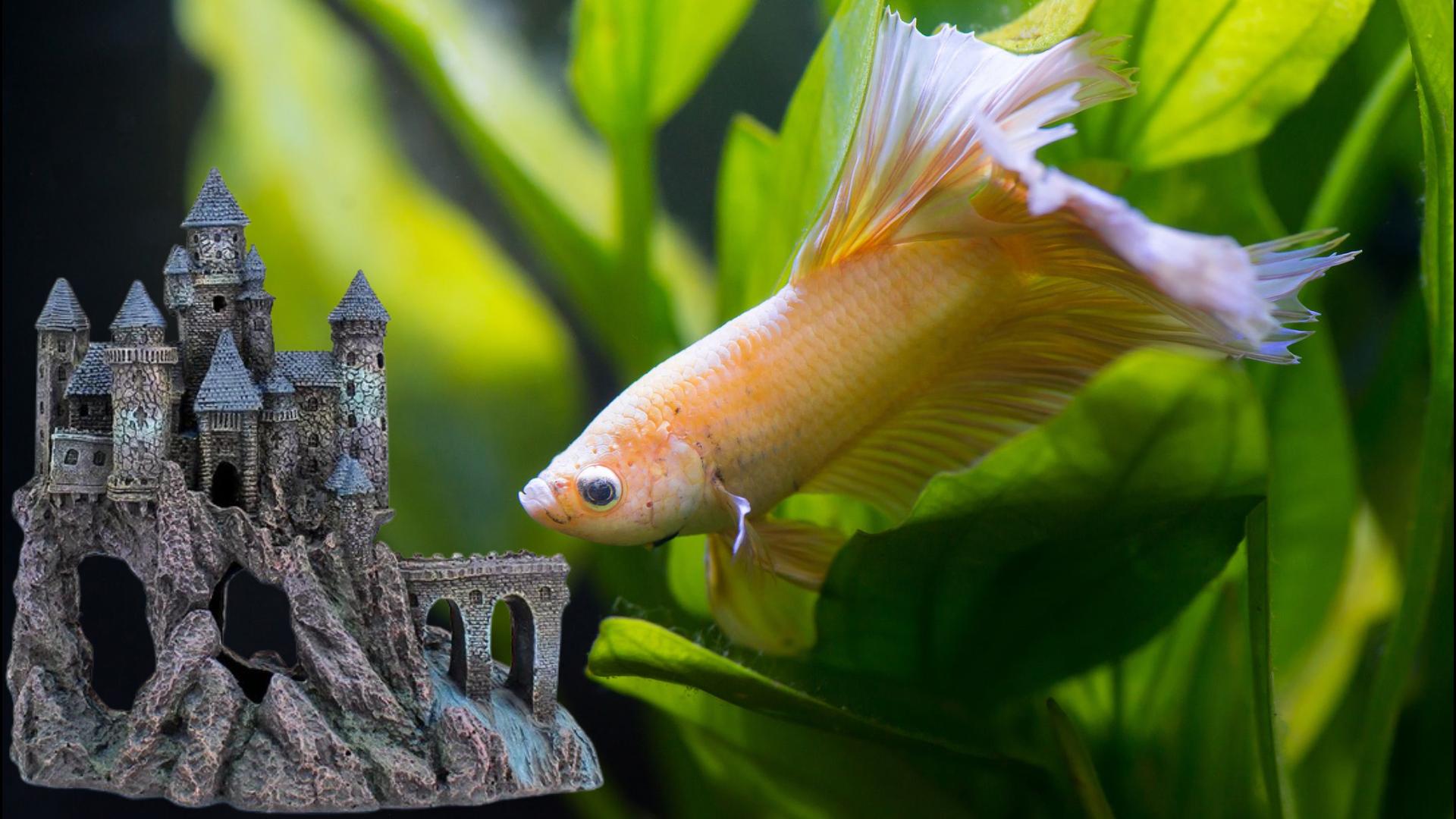Planted tanks are less work to maintain than normal aquariums, but they require proper setup. The size of your tank, lighting, substrate, fertilizers, plant types and fish you choose will play a crucial role in your planted tank. I will discuss 8 tips and tricks for a successful low-tech planted tank setup.
1. Substrates for plants.
Choosing the proper substrate is essential for success with plants. In my experience, gravel and coarse sand work well. Several plant-specific substrates are available infused with iron and other minerals to promote healthy plant growth. You can also choose standard aquarium sand or fine gravel. Personally i have even use Garden clay soil for my substrates. But make sure it’s organic and no chemical fertilizers have been applied. Do not use coral or dolomite substrates, as they slowly dissolve and raise the pH level which is harmful for your fish.

2. Be ready to face dead plants.
Don’t get discouraged if your plants die after a few days of planting them! If you’re buying dry plants in pet store tubes, they are more likely not to grow. It may take a few days for these existing leaves to die. But the roots are still alive and should regrow new leaves. Just trim the old leaves and wait for the plant to grow back. Also, the key to success in planted tank is trimming your plants wisely. I usually trim my plants every 4-6 weeks based on the tank setup.
3. Pick a proper light setup.
A planted aquarium should receive at least 8 to 10 hours of light per day. Try and keep the tank in a spot away from direct sunlight as algae growth can be really difficult to manage in planted tanks. It is a good idea to use LEDs for low-tech planted tanks since they produce little heat, last long, and consume little energy. Also you can adjust the light intensity based on your tank setup and algae growth.
In the middle of the day, I give lights a 1 hour break. This allows carbon dioxide levels to rise because plants aren’t photosynthesizing. Plants can also absorb nutrients from the water and substrate during this time. The algae growth cycle will be impacted when no lights. When the lights come back on the plant has more carbon dioxide to photosynthesize again.
4. Patience is the key
When you first set up an aquarium there is no biological balance. The process of achieving a perfect tank takes weeks, if not months. The most effective approach is to start slowly, add nutrients in small amounts to your tank and be patient. If you make changes, make them minor and allow at least a week to evaluate the effects.
5. Use expert tank landscape.
While filling the substrate, start with a thin layer at the front and gradually increase in height as it moves further back into the tank. Your tank will look better this way. At most, the substrate along the front of the glass should be less than 1.5 inches. When putting plants into the tank consider how your plants will look in the future. I have seen people sometimes put fast-growing plants in front of the tank and block the tank’s view as they grow.
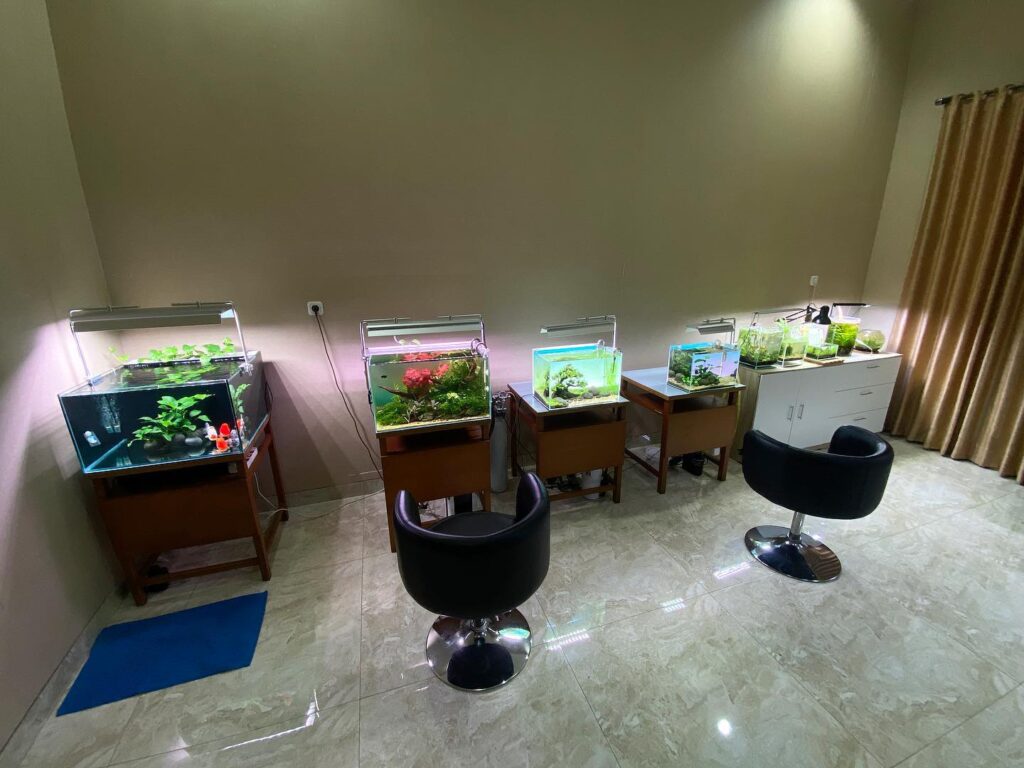

6. Do a frequent water change
Many algae problems in your planted tank can be quickly resolved by increasing the water change frequency. In a low-tech plant tank, you can go once a week for a partial water change. I personally do a 25-30% water change at least 2 times a week on my betta tanks.
7. Consider adding invertebrates
As you plan all the necessities for your planted aquarium, you may want to consider investing in invertebrates. These small cleaners can include shrimp, snails, crabs, or crayfish. There are many species of invertebrates that contribute significantly to the cleanliness of your planted aquarium.
8. Pick the right fish.
In my personal experience, short-fin bettas did very well in planted tanks than long-fin betta. Stop adding digging fish as they move your substrate occasionally and impact plants. In my experience in freshwater planted tanks, i love keeping tetras, Corydoras Catfish, guppies and betta fish on my planted tanks. In addition, if you like to know how to choose your betta fish post details on selecting betta fish.

